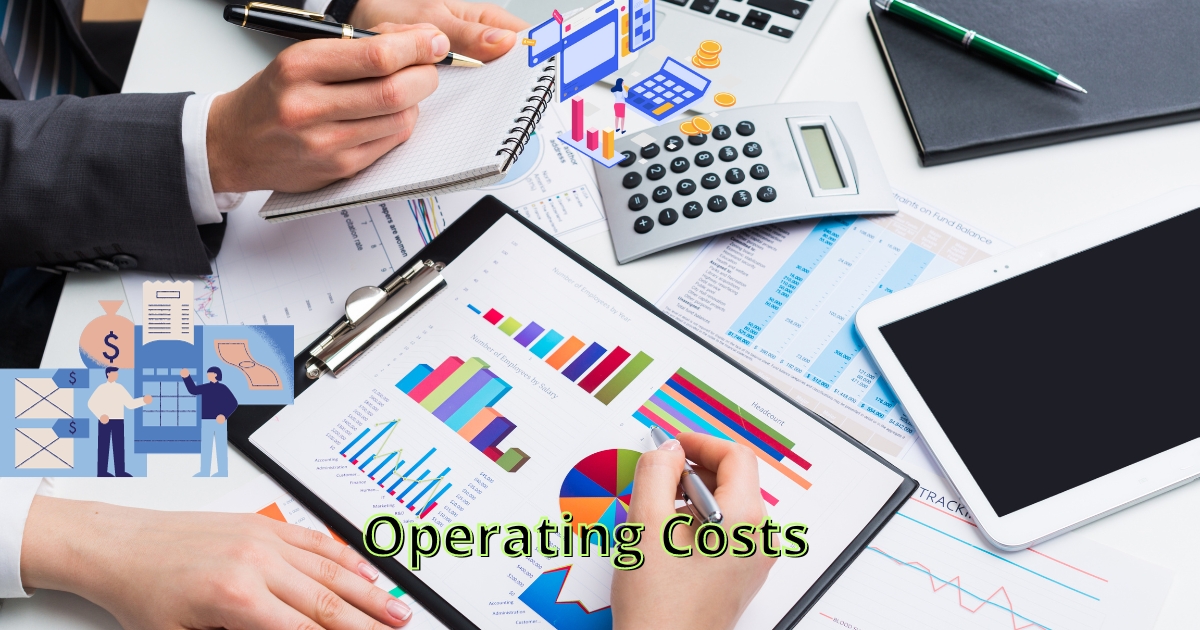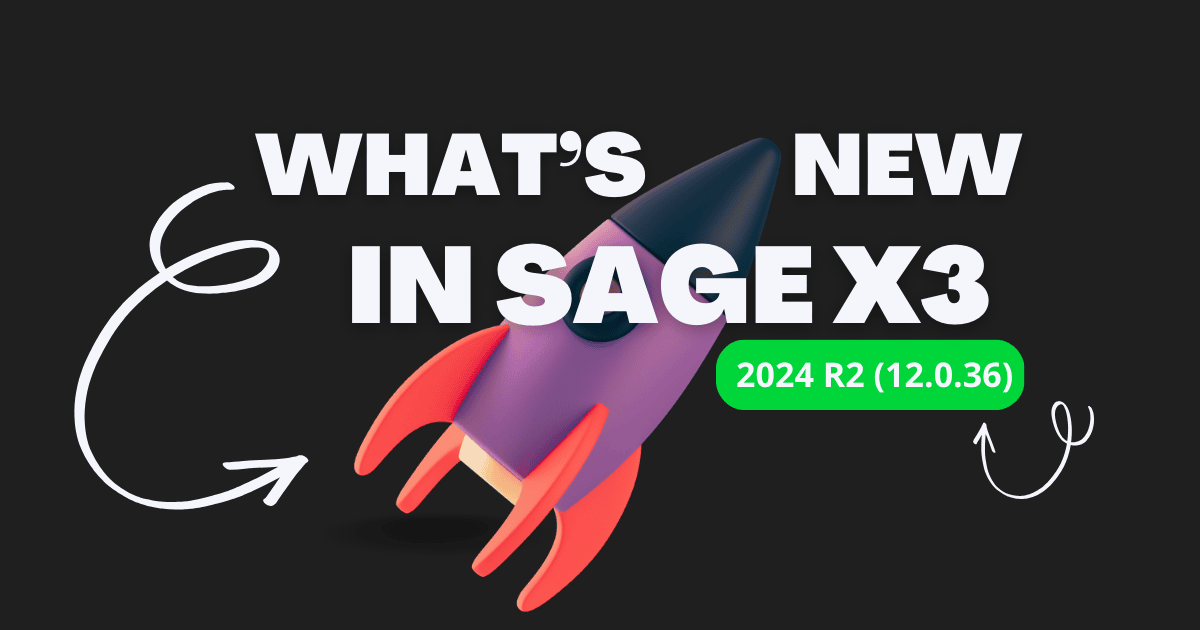All the expenditures of the company are known as operating costs. Further, the net income or loss is the most common operating costs reported. Rent, charges paid to vendors, utilities, wages etc. are other operating costs of the company. Operating costs are commonly computed by incorporating both positive and negative components within profit and loss statements. This approach stems from the recognition that several operating costs can be viewed as assets eligible for financing or depreciation over an extended period.
What is Operating Cost?
The definition of operating cost is simple. It encompasses the expenses of all business operations. Some operating expenses include rent, payroll, insurance premiums, utilities, equipment maintenance etc. Note that capital expenditures or depreciation are not included in the operating expenses.
Furthermore, operating costs are also known as variable costs as they fluctuate based on the production levels. To understand operating costs consider that your sales have increased by 10 per cent. In order to keep up with the demand, you will have to hire more workers. As a result, this increases your labour costs. This labour cost comes under operating expenses.
Both fixed and variable expenses come under operating costs. Fixed costs are expenses that remain the same throughout the year. It cannot be impacted by any activity or output. On the other hand, variable costs are expenses that will be affected by any activity or outcome. Variable costs fluctuate and depend on the production and sales level.
For example, for fixed costs, monthly rent for office space remains constant regardless of production levels. For variable cost, the cost of raw materials fluctuates based on the quantity produced, directly impacting expenses as production increases or decreases.
Importance of Operating Costs
Calculating operating costs is crucial for the business. These expenses have to be monitored closely to maintain outstanding business health. All these expenses are investments for the future success of the business.
If the business fails to monitor the operating expenses, it can negatively impact the profit margin of the business. Your significance for the expenses will determine if your company makes money or loses money with a particular project. So, businesses have to invest their time in understanding the importance of operating costs and their impact on business revenue.
Operating costs include every expense of the business such as rent, salaries, employee benefits, premiums, property taxes, sales commissions etc. However, operating costs are distinct for different businesses. For example, in comparing a retail store and a manufacturing plant, the former will have high utility bills and the latter will have high labour costs. On rare occasions, operating expenses will include 60% of the business revenue.
Business has to take these expenses seriously as it is the money that is spent on various business requirements every month or quarter. So, if you are losing money on operations, it is time to closely monitor your operating costs.
Also Read : What is Operating Income?
Types of Operating Costs
As learned earlier, operating costs are divided into fixed costs and variable costs. Variable operating costs that differ with output levels rise as production increases and decline with decreased output. In contrast, fixed operating costs remain consistent irrespective of the level of output.
Listed below are some of the common types of operating costs:
Inventory management system is essential if your business is involved in selling products or services. In addition, inventory covers most of the capital as it is an important investment. Also, with the inventory purchase, the storage fee and insurance have to be paid constantly.
Rent or lease payment is an operating expense. If you rent an office space, retail store or warehouse, your business incurs operating costs.
Utilities such as electricity, water, gas etc. come under operating expenses. It has to be paid by the company separately if it is not included in the rent and lease agreement.
Payroll Expenses: Salaries, bonuses and other healthcare benefits come under the payroll expenses. In addition, operating costs include payroll taxes and workers’ compensation insurance premiums. This expense increases based on the employees’ duration of work in the company.
Payroll administrative expenses are another component of payroll expenses. It includes tax withholding from employee paychecks.
Below is a complete list of operating expenses:
- Sales and marketing costs
- Accounting and legal fees
- Salary and wage expenses
- Repair and maintenance costs
- Travel expenses
- Entertainment costs
- Utility expenses
- Office supply costs
- Rent
- Non-capitalized research and development expenses
- Bank charges
The cost of goods sold is also tied to the operating costs of a business. These expenses are directly related to the production of goods and services.
- Direct material costs
- Utility costs and taxes of the production facilities
- Direct labor
- Repair costs of equipment
- Benefits and wages for the production workers
- Rent of the plant or production facility
Fixed Costs and Variable Costs
The volume of production or sales will not impact the fixed costs. Some examples of fixed operating costs are rent and insurance. Your business has to pay fixed expenses even though you have other business activities.
Fixed operating costs are the basic costs incurred which help in carrying out the entire business operations. In addition, its lifetime depends on the lease agreement or contract. For example, consider insurance premiums, a company pays a fixed cost of Rs 10,000 monthly for business insurance. Regardless of the production quantity or sales, this expense remains constant.
Variable operating expenses are the costs that change with the level of production and output. It varies depending on the increase or decrease of the production level. Some examples of variable costs include the cost of raw materials, utility costs, direct labour costs, sales commission etc.
Consider this example of raw materials – A manufacturing firm incurs variable costs on raw materials. If it produces 1,000 units, spending Rs 20,000 on materials, the cost varies proportionally with production, rising or falling based on output levels.
There is also one more type of operating expense which is known as semi-variable cost. This type is a mixture of fixed and variable costs. It varies like the variable costs and is impacted by the production levels and also exists even when the production is zero. This aspect is what differentiates semi-variable costs from the other two.
The best example of semi-variable cost is overtime labour. It has the potential to rise with heightened production and decrease with a reduction in demand.
Also Read : What is Operating Profit Margin?
How to Calculate Operating Costs?
A company’s income statement will have the required information to calculate operating costs. Given below is the formula to calculate operating costs:
Operating cost = Cost of goods sold (COGS) + Operating expenses
- Take the total cost of goods sold(COGS) which is also called as cost of sales. This information can be taken from the company’s income statement.
- Find the cumulative operating expenses, typically positioned down in the income statement.
- Finally, the total operating expense and COGs are summed up to calculate total operating costs for the particular period.
Examples of Operating Costs
Operating expenses are all the costs of operations incurred in a company. Here is an example of operating costs.
1. Raw Materials Cost: A manufacturing company incurs variable operating costs when purchasing raw materials. Suppose it spends Rs 50,000 on materials to produce 1,000 units of a product.
2. Labor Expenses: Hiring workers involves variable costs linked to production levels. If the company pays Rs 20,000 in wages for manufacturing 1,000 units, this cost is tied to output.
3. Rent for Facilities: Fixed operating costs like rent for a production facility are constant. If the monthly rent is Rs 30,000, it remains the same regardless of the number of units manufactured.
4. Utilities: Variable costs, such as electricity and water bills, increase with higher production. If utility expenses amount to Rs 5,000 for 1,000 units, they vary with output.
Operating Expenses Vs. Non-Operating Expenses
Operating expenses are operational costs incurred in the normal course of activities. Non-operating expenses are costs that occur from non-routine business activities. Office supplies, wages, rent, production costs etc. come under operating costs. Non-operating expenses include lawsuit expenses, interest paid on loans, reorganisation expenses etc.
Operating costs measure the performance of the business. The non-operating expenses occur on a non-routine basis, so, they cannot be used to measure the performance of the business. Operating expenses can be c controlled by the business by regularly monitoring it. Non-operating expenses cannot be controlled by the company.
Why is it Essential to Monitor Operating Costs?
There are two main reasons why you need to monitor the operating costs of your business.
- It is essential for your business to know how much money is coming in and going out. It helps in keeping track of the cash flow and ensures that the correct amount of money is paid to the employees and the vendors.
- It will also give you an idea that the right employees are in the correct position helping the business to increase profits and reduce costs.
Final Takeaway
It is essential to comprehend the importance of operating costs for your business. By regularly analysing and monitoring it, you can save money and minimise overhead costs by eliminating wastage. You have now understood the types of operating costs and their importance through this blog. You can also implement ERP software to carefully monitor the operating costs of your business. With this advanced system operating costs can be minimised to generate high revenues.







